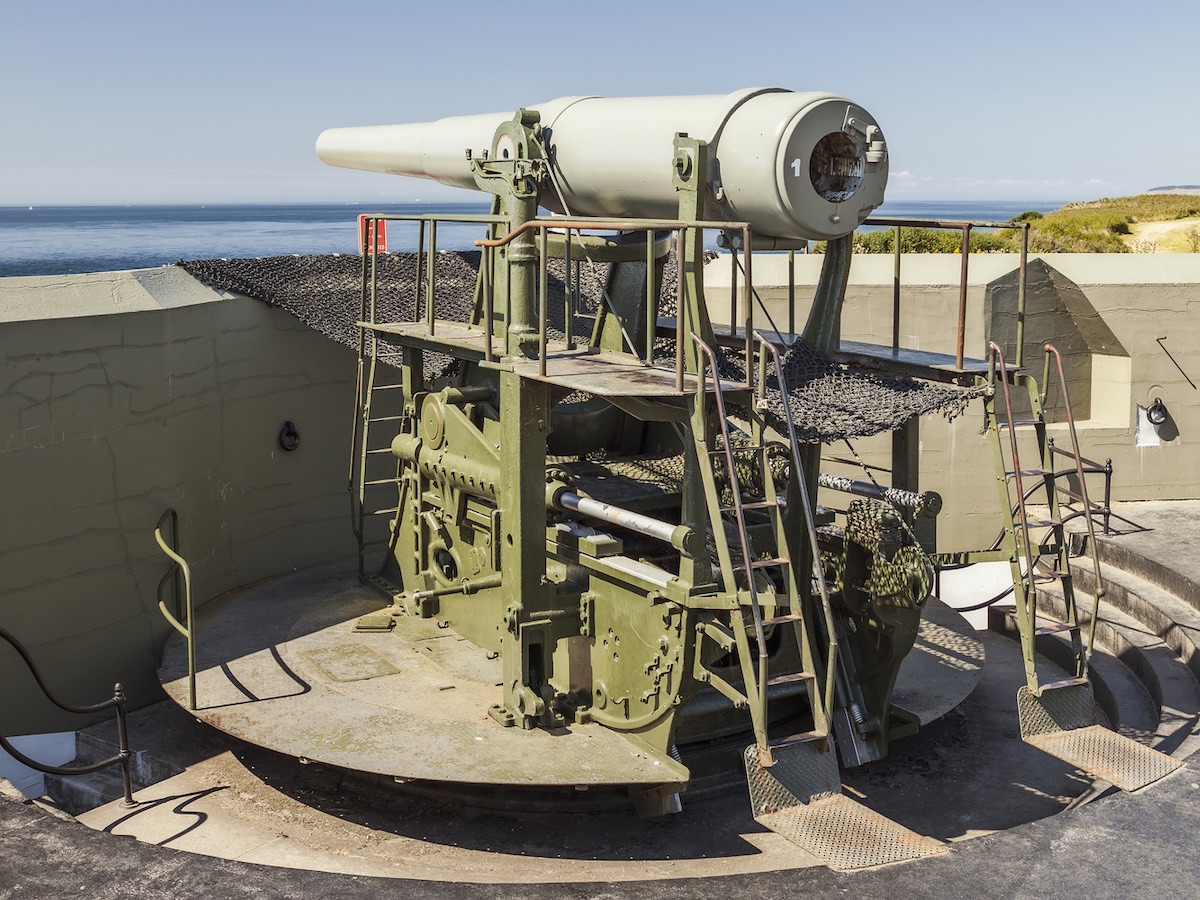Tag Archives: sika
Coming Dec. 12th! Sika® and ARCHITECT Seattle 365 Event – Earn up to 3 AIA credits!

Thursday, December 12, 2019. Earn up to 3 AIA credits at Seattle 365, at the elegant Renaissance Seattle Hotel downtown. Admission is free. Presented by Sika Corporation and Architect Magazine.
Agenda
10:00 AM
Arrival & Registration
Tradeshow (open entire event)
10:30 AM – 11:30 AM Breakout Sessions – (AIA/HSW/GBCI credits earned)
- Resinous Floor and Wall Systems for Food & Beverage Environments (1 LU/HSW)
- Masonry Veneer Cladding Systems Installation, Code Compliance & Continuous Insulation (1 LU/HSW)
- What Makes a Thermoplastic Roof Sustainable? (1 LU/HSW)
11:30 AM – 1:00 PM FREE LUNCH
Keynote Speaker: Josh Sawislak AICP, Principle, CLIO Strategies, LLC presenting Sustainability & Resiliency (1 LU/HSW)
1:00 PM – 2:00 PM Breakout Sessions – (AIA/HSW/GBCI credits earned)
- Fiber Reinforced Concrete Now and in the Future (Non Credit)
- Advantages of Continuous Insulation in Steel Stud Construction (1 LU/GBCI)
- Liquid Applied Roofing and Waterproofing Membranes (1 LU/HSW)
2:00 PM Networking & Tradeshow
Sika and ARCHITECT Seattle 365
Last Modified: November 15, 2019
Sika® and ARCHITECT Seattle 365 Event – Earn up to 3 AIA credits!
Earn up to 3 AIA credits at Seattle 365, Thursday, December 12, 2019 at the elegant Renaissance Seattle Hotel downtown. Admission is free. Presented by Sika Corporation and Architect Magazine.
Agenda
10:00 AM
Arrival & Registration
Tradeshow (open entire event)
10:30 AM – 11:30 AM Breakout Sessions – (AIA/HSW/GBCI credits earned)
- Resinous Floor and Wall Systems for Food & Beverage Environments (1 LU/HSW)
- Masonry Veneer Cladding Systems Installation, Code Compliance & Continuous Insulation (1 LU/HSW)
- What Makes a Thermoplastic Roof Sustainable? (1 LU/HSW)
11:30 AM – 1:00 PM FREE LUNCH
Keynote Speaker: Josh Sawislak AICP, Principle, CLIO Strategies, LLC presenting Sustainability & Resiliency (1 LU/HSW)
1:00 PM – 2:00 PM Breakout Sessions – (AIA/HSW/GBCI credits earned)
- Fiber Reinforced Concrete Now and in the Future (Non Credit)
- Advantages of Continuous Insulation in Steel Stud Construction (1 LU/GBCI)
- Liquid Applied Roofing and Waterproofing Membranes (1 LU/HSW)
2:00 PM Networking & Tradeshow
Sika and ARCHITECT Seattle 365
Fort Casey Restoration – Whidbey Island, WA

Project Name: The Fort Casey and Battery Moore Project
Fort Casey History
Located on Whidbey Island in Washington State, Fort Casey was one of 29 locations chosen for updated reinforcement. As a part of what was known as the “Triangle of Fire”, Fort Case, Fort Worden and Fort Flagler had to defend the entrance of the Puget Sound. Construction began in 1897 and ended in 1901 but the fort was equipped and used for training until the mid-1940’s.
In 1955, Washington State Parks acquired Fort Casey and opened it up for public use. With the help of some government funds, the fort grounds had regular maintenance but other parts of the Battery Moore section were in major need of some repairs. Most of the original concrete showed major signs of damage due to substantial corrosion of the reinforcing steel.
Finally in 2006, the Washington State Parks department made a budget of $600,000 to begin a full structural overhaul on the Battery Moore. The restoration was going to return the structure to its original glory while adding some modern elements along the way and with the use of batteries, lights and speakers it would turn the Battery into a live action example of how Fort Casey operated in the early 1900’s.
Phase 1 of the Repair
The engineering and architect team inspected and developed a scope of work for the impending repairs. After a full survey was performed, the focus was not only on repairing the existing structures but also about protecting against the brutal salt air from the Puget Sound. With all of this in mind, the design team put together a scope of work for Phase 1 that included repairs on gun emplacements 3 and 4 with gun emplacements 1 and 2 to be done in Phase 2.
During Phase 1, after the concrete preparation was completed, the repair work began with the cathodic protection on the existing square bar steel reinforcement. This was crucial to the project as the original concrete was mixed using local sand and aggregates directly from the sound. The existing concrete showed high levels of chloride so any materials used had to prevent future corrosion. All repair mortars were highly polymer modified and included integral corrosion inhibitors to protect the surrounding steel. There was also a significant amount of epoxy injections performed on many of the vertical surfaces while fiber-reinforced polymer (FRP) materials were used to strengthen the deteriorated columns.
Phase 2 of the Repair
Over the next 10 years, additional funding had to be secured to begin Phase 2, which came out to approximately $200,000 (a third of the Phase 1 budget). To repair 1 and 2 of the gun emplacements, the scope of work had to be paired down significantly. With another 10 years of deterioration to take into consideration, the focus of Phase 2 was mainly to restore the structural integrity of the Battery Moore.
When Phase 2 began, the team noted that there were areas with extreme cracking and some critical areas on the verge of collapse. While preparing the concrete, the source of existing concrete aggregate needed to be addressed. Large, rounded river rocks (some 4 inches in diameter) were used throughout the gun emplacements. In conjunction with this system, the existing concrete became extremely soft. As the crew removed the deteriorated concrete, some areas became so fragile that they would disintegrate on impact with an electric chipping hammer. No heavy equipment was used in the prep work due to the fragile structural capacity of the existing concrete. With most of the square steel reinforcement intact after sand blasting, the existing reinforcement was coated with epoxy rebar stirrups to support the repairs.
Sika® Product Solution
Both Phase I and Phase II of the Fort Casey restoration project used these Sika products:
- SikaQuick® VOH and SikaTop® 123 for the vertical and overhead repairs
- Sikagard® 705 L to permeate the concrete substrates using silane technology
- Sikadur® 31 to bond concrete and seal cracks around injection ports
- Sikadur 52 to seal concrete slabs and protect against water, chlorides and other elements that cause deterioration
- Sikaflex® 1A to seal all vertical and horizontal joints.
Conclusion
Sika was honored to contribute products to help aid in the restoration of this historical landmark. Overall, the impact of both repair phases were very extensive but the contractor was able to restore the Battery Moore into a safe and education public area. People are now able to wander the grounds and begin to feel the sense of what it was like to work and live in Fort Casey during both World Wars.
Citations
- Sika – FORT CASEY IS READY FOR BATTLE (original publication)
- Washington State Parks – Fort Casey Historical State Park
- Atlas Supply – Sealants Glossary
- Atlas Supply – Sika Corporation U.S.
- SikaQuick VOH – Repair Mortar
- SikaTop 123 – Non-Sag Mortar
- Sikagard 705 L – Silane Sealer
- Sikadur 31 – Multi-Purpose Structural Adhesive
- Sikadur 52 – Structural Injection
- Sikaflex 1A – Non-Sag Elastomeric Sealant


